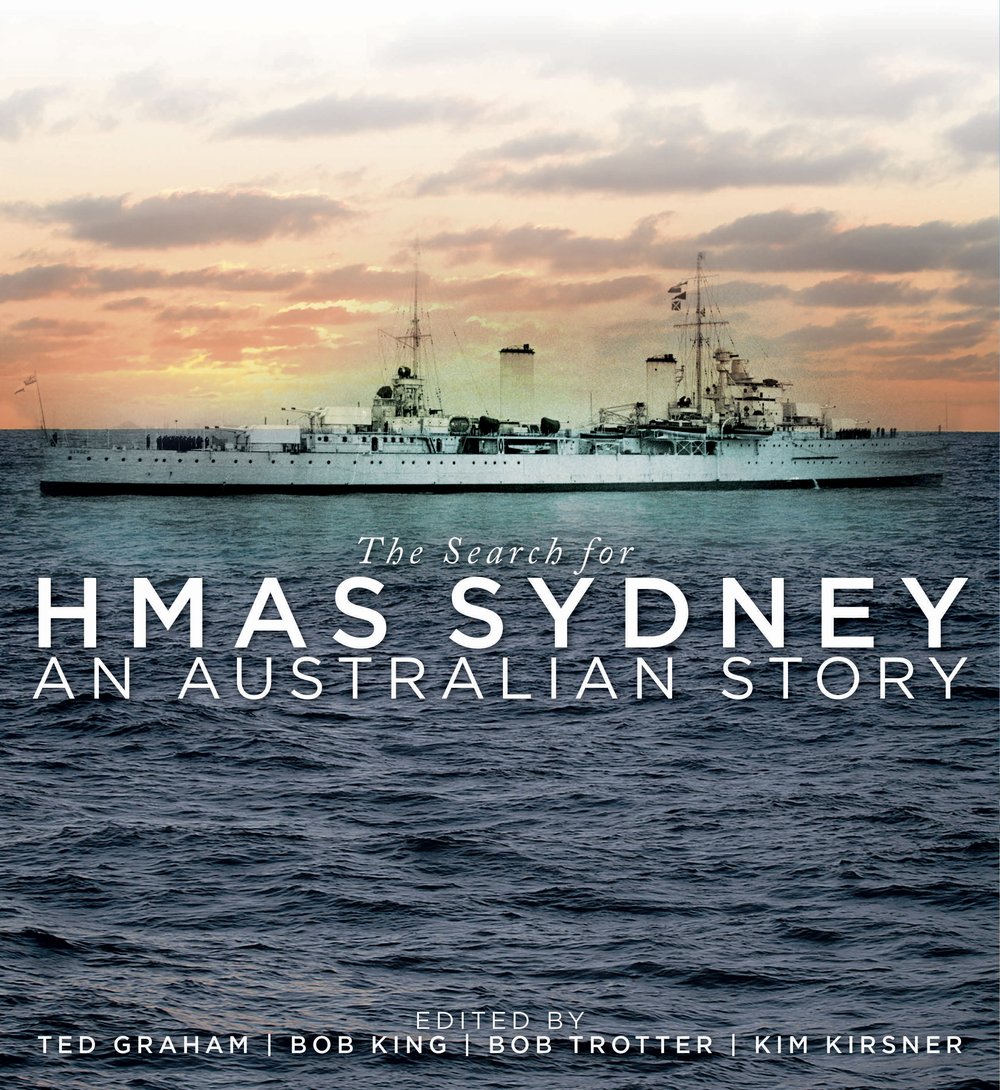In November 1941 HMAS Sydney, the pride of Australia's wartime fleet, and its crew of 645 disappeared without a trace off the Western Australian coast.
In March 2008, the Finding Sydney Foundation found the wrecks of HMAS Sydney II and the German raider, HSK Kormoran. Almost 67 years earlier, on 19 November 1941, Sydney was lost with all hands following an engagement with Kormoran. Sydney’s 645 crew died that day in the waters off the coast of Western Australia.
For a long time our nation struggled to understand how our greatest maritime disaster occurred. Speculation was rife. Had international maritime law been broken? Had German survivors shared an accurate account of the engagement? Had a third party been involved? And, most importantly, why were there no Australian survivors?
These unanswered questions haunted the families of those brave sailors, airmen and civilian canteen staff who never came home. Sadly, many loved ones died never knowing with certainty how their husband, father, son, brother, uncle, nephew or friend had died. However, the events of March 2008 put in train a process that would bring about a sense of closure to the surviving relatives of those who died and provide all Australians with a greater understanding of the circumstances surrounding the loss of Sydney.
Finally, after all these years, we would be able to forensically analyse the wreck and compare the evidence to known facts and eyewitness accounts. In March 2008, I established a Chief of the Defence Force Commission of Inquiry to look into and report on circumstances associated with the loss of Sydney and consequent loss of life and related subsequent events. The HMAS Sydney II Commission of Inquiry was presided over by the Hon. Terence Cole QC and in August 2009 the inquiry’s three-volume report, The Loss of HMAS Sydney II, was publicly released.
The report offered Australians confirmation of the circumstances surrounding the loss of Sydney. The inquiry’s key findings confirmed that ‘accounts provided by the Kormoran survivors of Sydney’s last movements and of the damage she sustained during the engagement with the German raider are correct’.
Locating the final resting place of Sydney was a very significant event. It allowed, for the first time, a commemorative service to be held at sea over the wreck of Sydney where relatives could say their goodbyes. Finding the wreck helped close a tragic chapter in Australia’s Second World War history and gave clarity and finality to those relatives and friends who for years agonised over how their loved one perished.
While we can probably never fully appreciate the particular circumstances of the day in question, we can and must continue to commemorate the lives of those who proudly served our country aboard Sydney. Their service and sacrifice will never be forgotten; nor their great courage and commitment. We owe them all a great debt.
Lest we forget.
This is the Preface to The Search for HMAS Sydney: An Australian Story, edited by Ted Graham, Bob King, Bob Trotter and Kim Kirsner, out now from UNSW Press.
